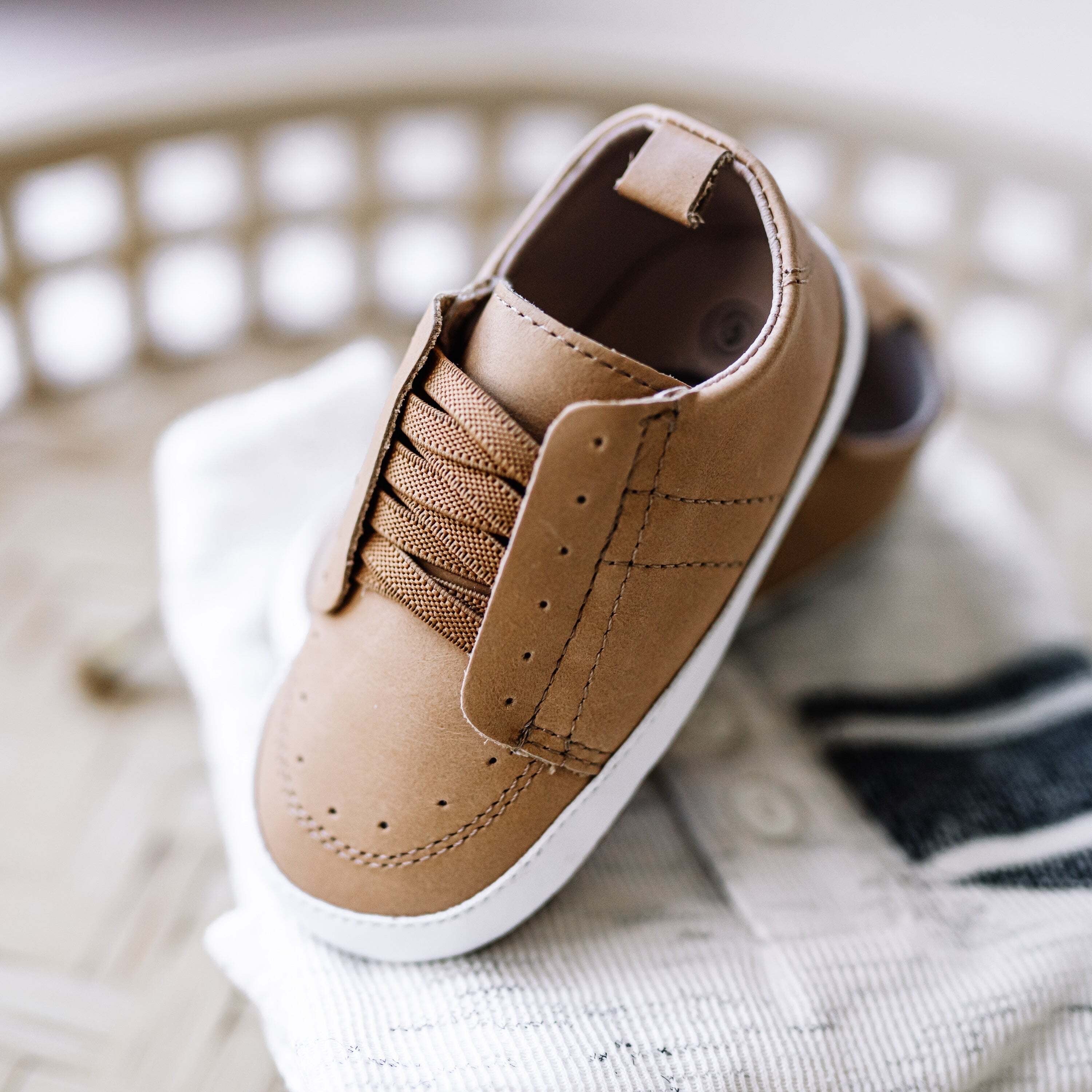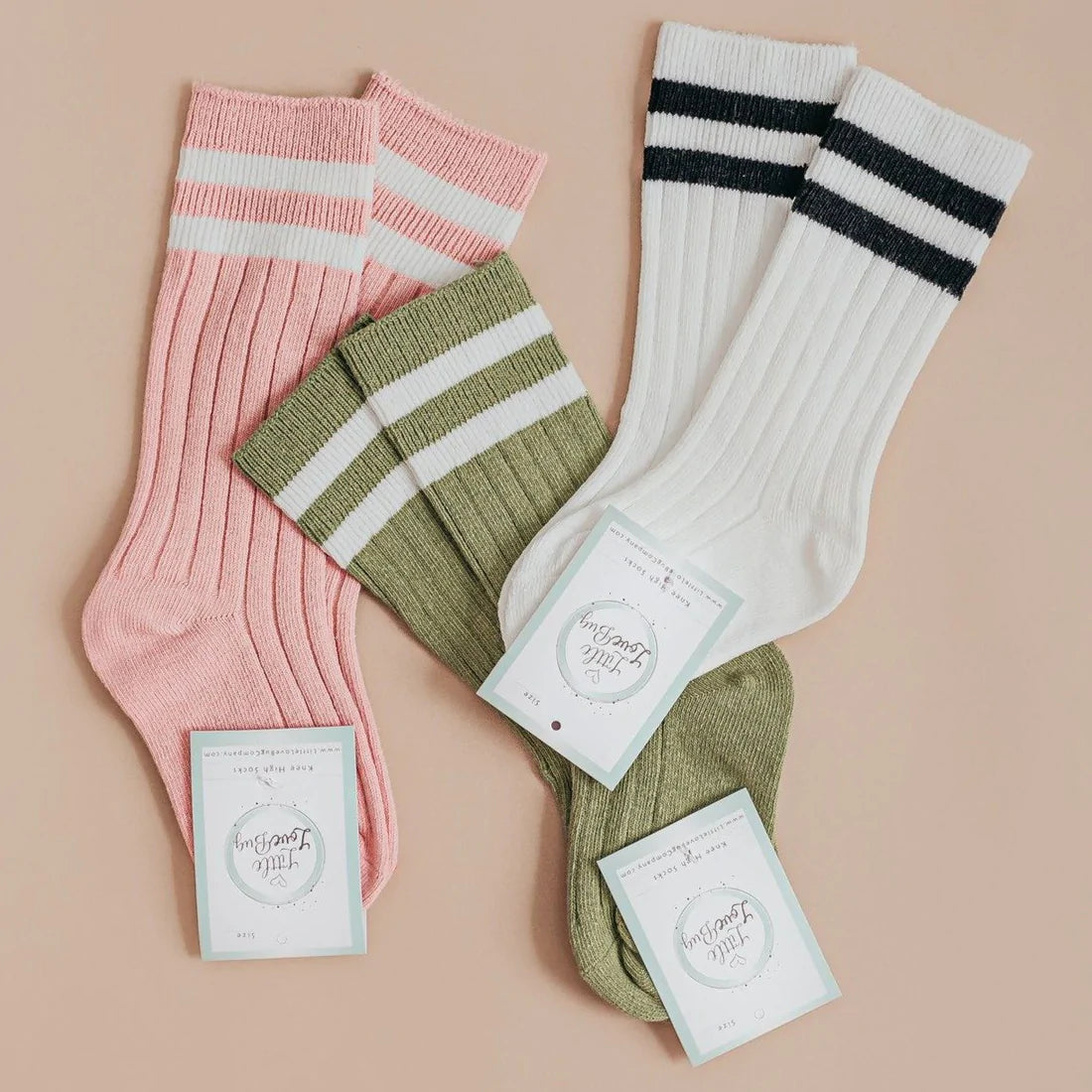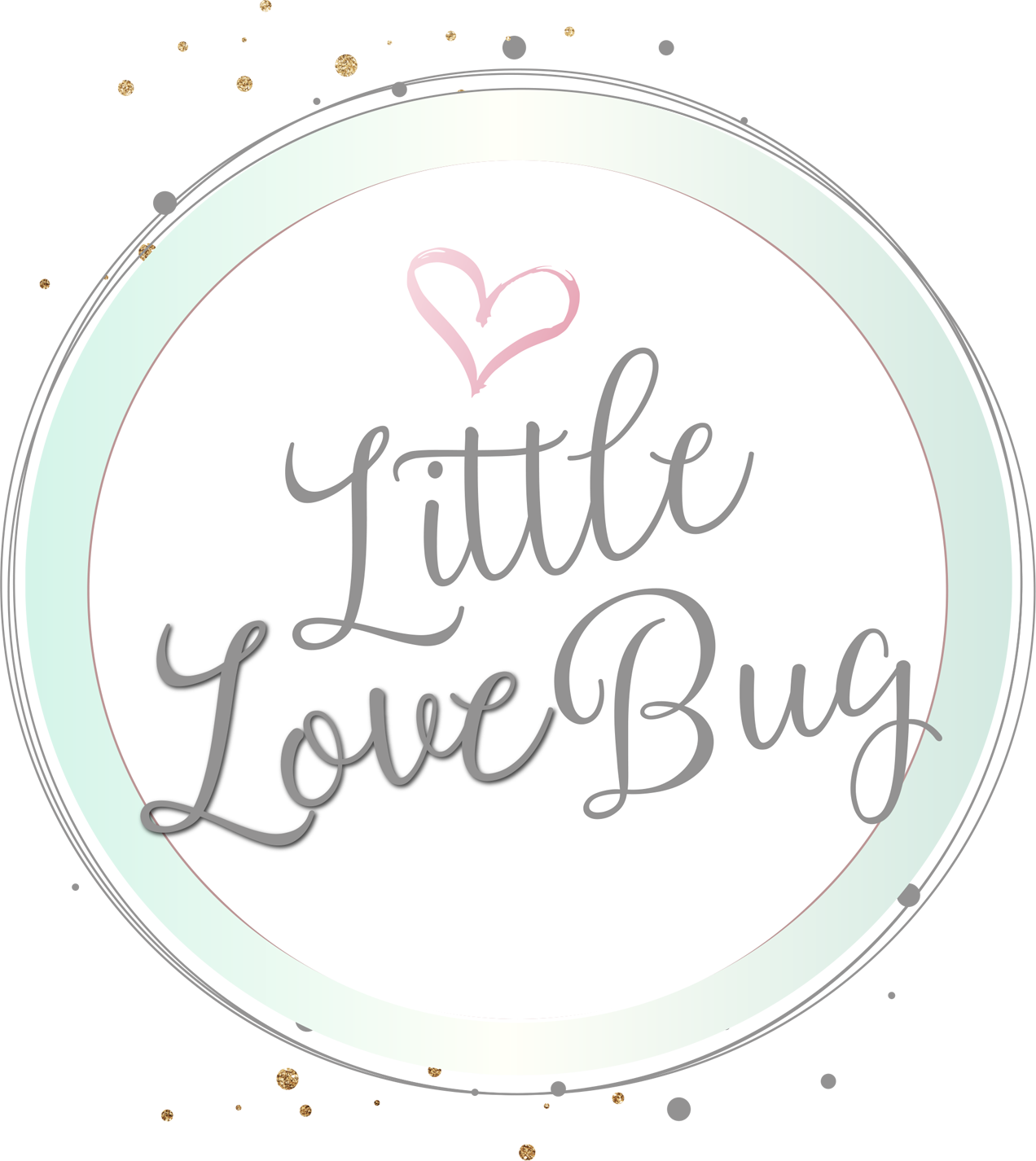
Choosing the Best Shoes for Developing Feet: The Benefits of Barefoot-Style Footwear
When it comes to the optimal development of children's feet, it's important to consider the shoes they wear. Traditional shoes with rigid soles and excessive cushioning may hinder the natural movement and growth of their feet. Barefoot-style shoes, on the other hand, offer several benefits by promoting a more natural and unrestricted foot development. In this article, we will explore the advantages of barefoot-style footwear and highlight the best styles to consider for your child's developing feet.
The Benefits of Barefoot-Style Shoes:
1. Enhances Natural Foot Function: Barefoot-style shoes allow the foot to move and flex more freely, mimicking the sensation of being barefoot. This promotes better muscle strength, joint mobility, and balance, as the foot can engage its natural range of motion.
2. Encourages Proper Foot Alignment: Shoes with minimal structure and heel elevation promote a more neutral foot alignment. This can help prevent issues like overpronation or supination, leading to improved walking and running mechanics.
3. Stimulates Sensory Feedback: Barefoot-style shoes provide a closer connection between the feet and the ground, allowing children to better sense and respond to various surfaces. This sensory feedback helps develop proprioception (awareness of body position) and contributes to better overall stability.
4. Supports Natural Arch Development: Traditional shoes with arch supports can interfere with the natural development of the foot's arches. Barefoot-style shoes promote intrinsic muscle strength, allowing the arches to develop and support the foot more effectively.

Best Styles of Barefoot-Style Shoes:
1. Minimalist Sneakers: Look for sneakers with flexible soles, wide toe boxes, and thin yet durable materials. They should provide ample space for the toes to spread naturally and allow for unrestricted movement.
2. Soft-Soled Shoes: Soft-soled shoes, often made of breathable and flexible materials like leather or fabric, are a great choice for infants and early walkers. They provide protection while allowing the foot to move naturally.
3. Barefoot Sandals: Designed to mimic the feeling of being barefoot, these sandals offer minimal coverage with thin, flexible soles. They allow for ample ventilation and freedom of movement during warm weather.
4. Moccasins: Made from soft, pliable materials, moccasins provide a flexible and lightweight option for toddlers and young children. They allow the foot to flex and provide a closer-to-barefoot experience.
5. Water Shoes: Water shoes with thin, flexible soles are excellent for outdoor activities and water play. They provide protection while allowing for natural foot movement and drainage.
6. Toe-Separated Shoes: Toe-separated or "toe shoes" offer individual compartments for each toe, allowing for optimal toe splay and improved balance. These shoes promote toe strength and flexibility.
Choosing the right shoes for your child's developing feet is crucial for their overall foot health and proper growth. Barefoot-style footwear offers numerous benefits by supporting natural foot function, alignment, and sensory development. When selecting barefoot-style shoes, prioritize flexible soles, wide toe boxes, and lightweight materials. Remember, allowing children to spend time barefoot whenever appropriate is also beneficial. By prioritizing the well-being of your child's feet and embracing the freedom and flexibility of barefoot-style shoes, you can contribute to their healthy foot development and help them navigate the world with confidence.


